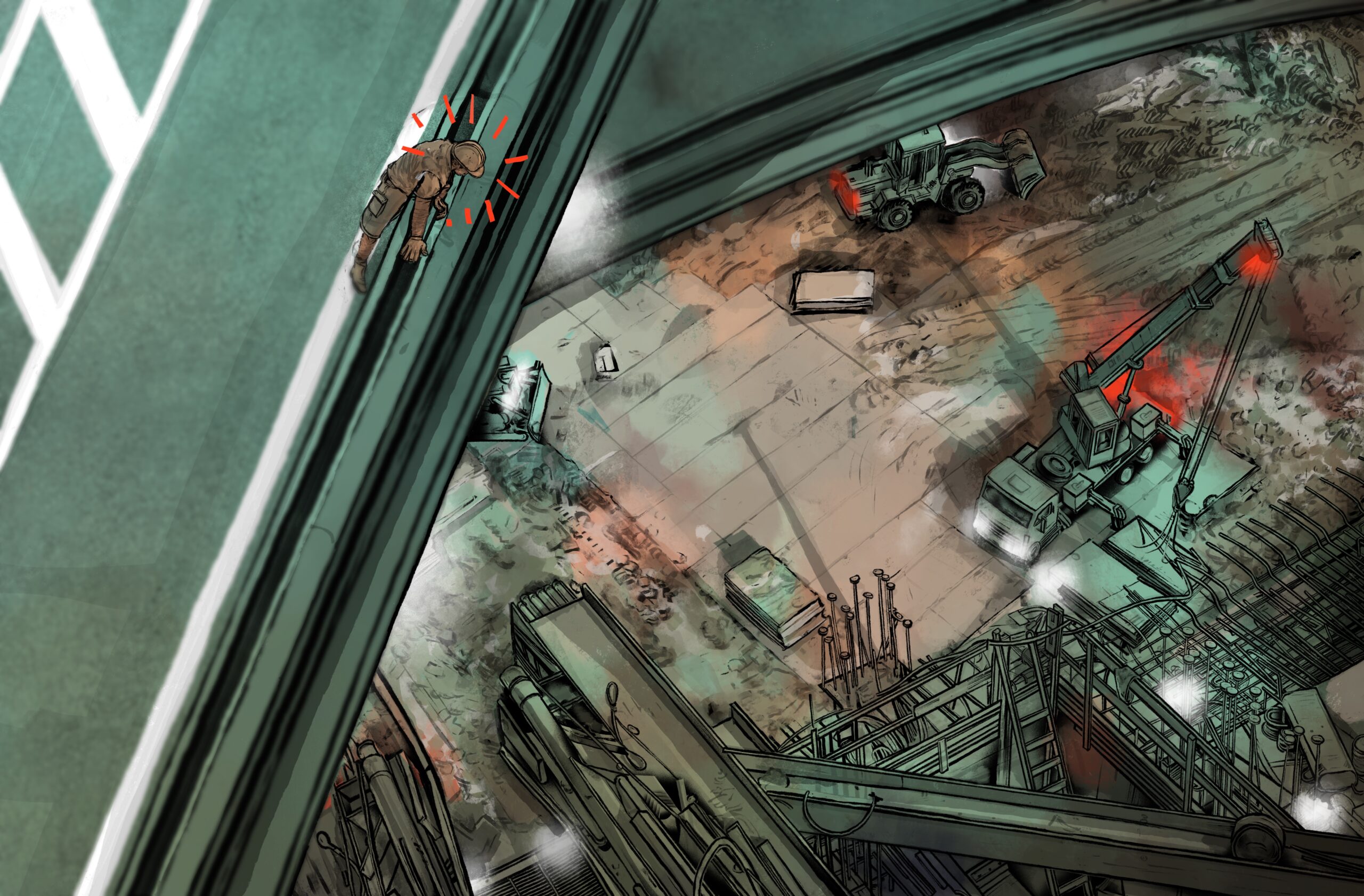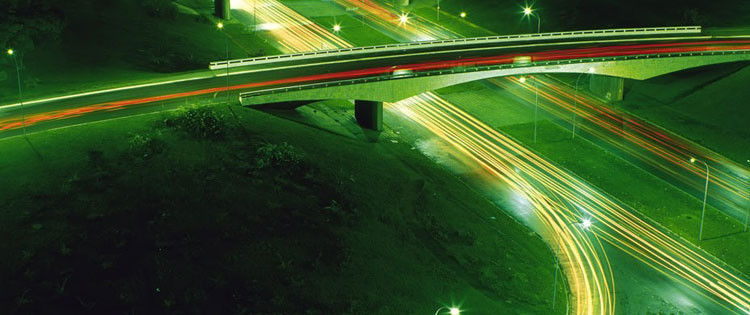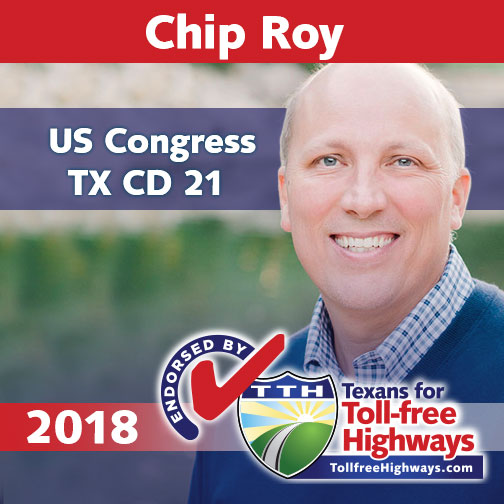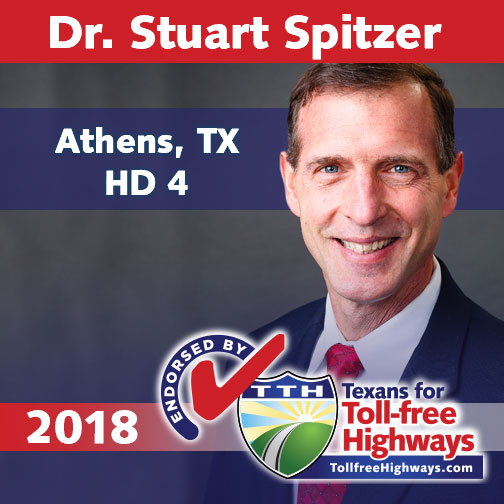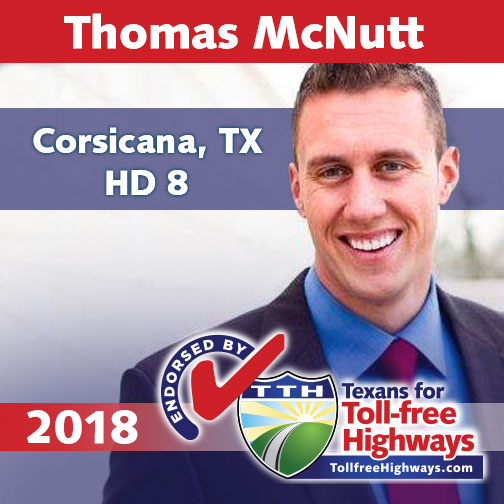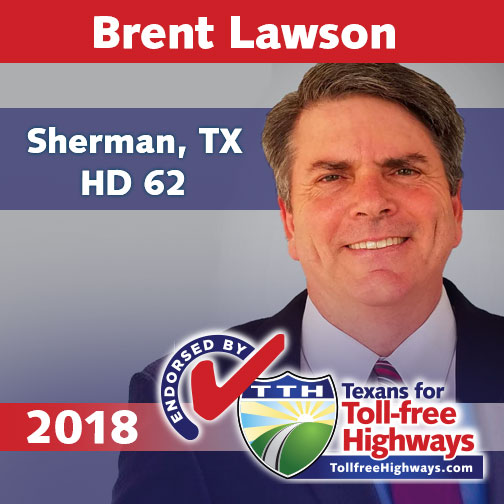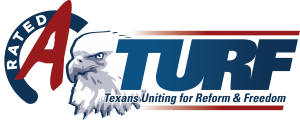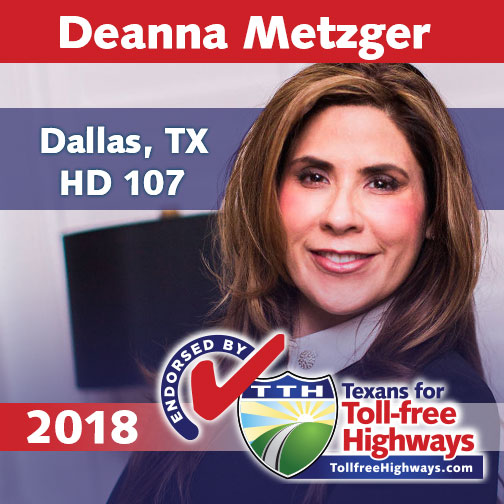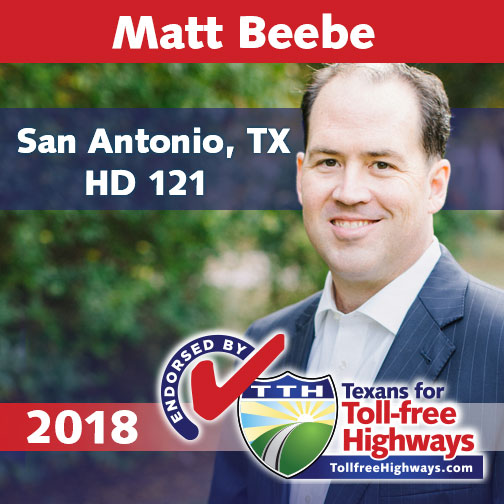Link to article here.
Biden’s EV Plan Faces Opposition From Thousands of Car Dealers
An open letter was signed by more than 3,800 dealerships across the country.
By Jack Phillips
Epoch Times
November 28, 2023
Several thousand car dealership owners around the United States have signed an open letter to the Biden administration, saying they oppose the aggressive push for electric vehicles, in another sign of growing concerns about the market for EVs.
“The reality, however, is that electric vehicle demand today is not keeping up with the large influx of BEVs [battery electric vehicles] arriving at our dealerships prompted by the current regulations,” the dealers said. “BEVs are stacking up on our lots.”
They noted that in 2022, there was considerable “hype” around EVs and that “early adopters formed an initial line and were ready to buy these vehicles” as soon as they were being sold.
“But that enthusiasm has stalled,” the letter continues. “Today, the supply of unsold BEVs is surging, as they are not selling nearly as fast as they are arriving at our dealerships—even with deep price cuts, manufacturer incentives, and generous government incentives.
The Environmental Protection Agency’s (EPA) goals around emissions and EVs are “unrealistic based on current and forecasted customer demand,” the letter said, further adding that EVs still have serious hurdles to overcome. That includes insufficient EV charging infrastructure, power grid reliability problems, and a lack of reliable supplies needed to make EV batteries.
Other Concerns
A signee of the letter, the owner of New Jersey-based auto group Celebrity Motor Cars, told Fox Business on Nov. 28 that federal officials are “forcing the consumer to buy something that they don’t want” with the “mandates they are putting in place” regarding EVs.
“Consumers are not buying into the electric vehicle market right now because the infrastructure is not there, they’re concerned about the range, and it’s 20 to 30 percent higher [prices] to buy the vehicle,” Tom Maoli, the owner of the dealership group, told the outlet.
Even though the federal government and manufacturers are offering incentives to purchase EVs, consumers just don’t want to buy them, according to Mr. Maoli.
“The president needs to back off on mandates and allow the river to take its course,” he said. “EVs will survive, they’ll be a part of the marketplace. But they have to let the consumer decide which vehicle they want, how they’re going to get their families around, and where they’re going to spend their money.”
“EPA’s proposed rules effectively assume that everything ‘will go perfectly’ in the transformation to EVs between now and 2032,” the group said. “The agency unrealistically assumes, for example, an over-abundance of battery critical mineral mines, critical mineral processing capacity and battery component, cell and pack production facilities lead to continued battery price reductions.”
It added that a recent report shows that China “dominates those areas.”
That target also came under harsh criticism from the top U.S. automotive trade group, the Alliance for Automotive Innovation, which criticized the EPA’s proposed rule earlier this year as “neither reasonable nor achievable” in the time frame intended.
“We looked at all the factors. Those included demand and the expected growth for EVs, our business plans, our product cycle plans, the affordability and business to make sure we can make a sustainable business out of this plant,” Ford spokesman Mark Truby told reporters. “After assessing all that, we are now good to confirm that we’re moving forward with the plant, albeit in a slightly smaller size and scope than what we originally announced.”
Weeks before that, fellow Detroit-based automaker General Motors announced it was abandoning its plan to build 400,000 electric vehicles by the middle of 2024.
“We are also moderating the acceleration of EV production in North America to protect our pricing, adjust to slower near-term growth in demand, and implement engineering efficiency and other improvements that will make our vehicles less expensive to produce, and more profitable,” GM CEO Mary Barra said in a letter to shareholders in late October.


